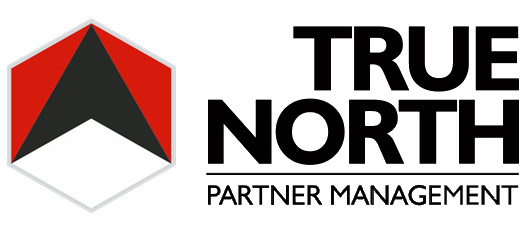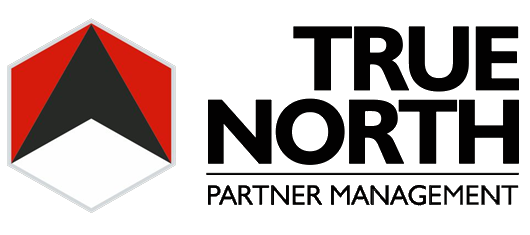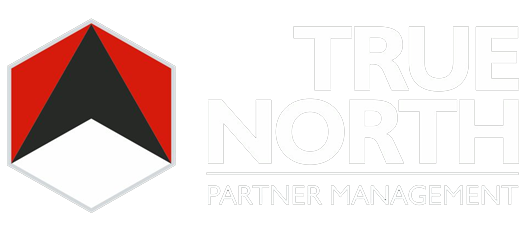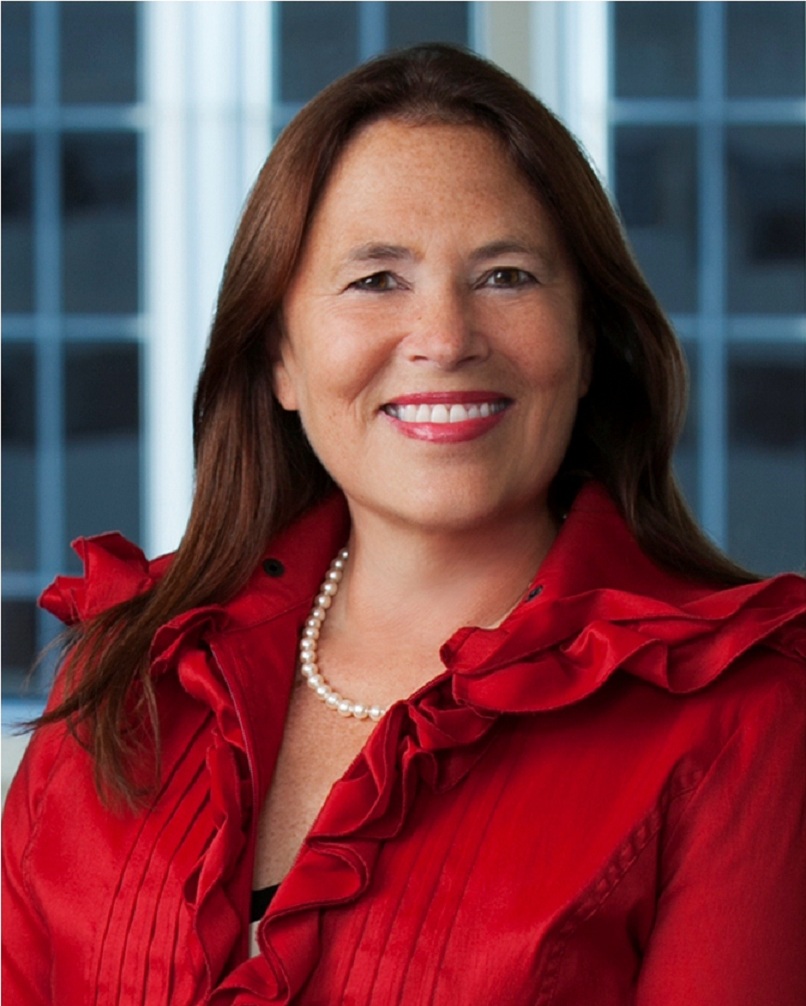The following post originally appeared on Forbes | April 5, 2016
It is not a lack of love, but a lack of friendship that makes unhappy marriages. ~Friedrich Nietzsche
So many times I’ve heard the saying that a merger is like a marriage. I suppose this is because it’s true. They start out with a courtship. And like any courtship they are driven by needs and wants. Something is lacking in the respective parties’ camps, and presumably the right connection will fill the void – the parties are motivated. After a period of inspection and interaction, decisions are made, ties are completed, and with needs and wants fulfilled, life unfolds. Here’s where it gets tricky.
With needs now met, the impetus has abated. And without significant time together before the union, decisions can only be made from a less-than-fully-informed position. Those quirks that may have been charming in the beginning can turn sour; thorns that continue to work their way under the skin. And if they go deep enough, the union can fail. The solution to these somewhat inevitable challenges is the post-deal integration plan; a succinct statement for a complex animal.
When addressing post-merger cultural integration in The Handbook of Mergers and Acquisitions, Satu Teerikangas and Philippe Very say, “The practice and research on mergers and acquisitions converge on the fact that it is the post-deal implementation or integration phase that explains the difficulty of making M&A work, and ultimately perform according to or beyond expectations.” For anyone that has experienced a merger or combination, these words should ring very true. That said, certainly a well-articulated and executed integration plan facilitates cohesion between both parties, and better sets the firm up for success.
In what was certainly the most publicized combination of 2014, Morgan Lewis combined with Bingham McCutchen, integrating more than 700 attorneys and employees. Morgan Lewis also consummated a successful merger with Singaporean firm Stamford Law in 2015. Today we speak with Jami Wintz McKeon, Morgan Lewis’s chairperson and the architect of both tie-ups, about their pre- and post-deal integration plans. Please see a revised (and edited for readability) version of our exchange below:
On The Overall Integration Plan For The Bingham Combination
Parnell: This is a big question to start out with, but let’s talk about the integration after the Bingham combination. Integration is so vital, and so incredibly difficult. That being said, how did it unfold for you? Was there a particular process Morgan Lewis went through in order to execute this?
McKeon: Going back almost 15 years ago when we expanded in California with 159 people from Brobeck—which, at the time, we thought was a lot of people—we assigned buddies to every single person, from our office services personnel to the most senior partners. Everybody made fun of me, actually, because they thought it was a very cutesy, girl-type thing to do. However, it worked really well. We made sure no one fell through the cracks, and everybody had someone they could go to with questions.
We assigned a buddy to everyone who came over from Bingham, and I personally spent a lot of time matching people together. I had met a significant number of the partners or at least knew a lot about them and about their practices, and paired them with similar legacy Morgan Lewis partners. I followed a similar process with the associates. Our director of special projects, Amanda Bruno, helped communicate what we wanted buddies to do and we circulated lists to everybody. Everyone from the practice leaders to the members of the management committee knew who the buddies were.
I also asked two partners to be our integration partners and really drive the messaging on integration. One was legacy Morgan Lewis partner Brady Edwards, who’s on our advisory board and had been the managing partner of our Houston office—he actually founded our Houston office. The other partner was Rick Rothman of legacy Bingham, who’s now one of our managing partners in Los Angeles.
We did what I think of as a grassroots, micro-level integration up to macro-level integration, so everybody had a Morgan Lewis resource. Where we had new big contingents of people, we sent teams to those offices just to meet and greet our new members and tell them about the firm.
We also matched up on clients. In the instances where partners had clients they wanted to be able to introduce to the firm in our new capacity, we made sure that I or someone else from the leadership team was available for that introduction. I love meeting with our clients and will go anywhere, anytime, anyplace to meet with them. Our partners know this, and that other firm leaders would do the same.
We expanded our advisory board, which had 18 elected members, to 21 members. We appointed a nominating committee through an election process, as we always do, and solicited input from the legacy Bingham partners about who they wanted to serve on the advisory board.
We also did something we don’t usually do, which is to appoint deputy practice leaders. As a result, the overwhelming majority of our practices would be led by both a legacy Morgan Lewis partner and a legacy Bingham partner. And we reconfigured our practice structure to add the new practices Bingham brought to the table, such as structured transactions and telecom. Lastly, we separated some practices that previously had been part of other practices, such as antitrust from litigation, because with our combined strength we were much broader.
We also expanded firm leadership to make sure we were integrating leaders from Bingham. I added Steve Browne, the former managing partner of the Bingham firm, to the Morgan Lewis management committee—a small committee comprising just me and three other managing partners I selected. We tried to make sure we were looking as expansively as possible, and creating a matrix across the whole firm, whether it was our industry groups or working groups, our client alliance teams or practices, or just our local offices. I also created co-managing partners for the offices where we had combined groups of lawyers from both firms. So instead of just having people come into a legacy Morgan Lewis office and have a new managing partner, we added a managing partner from legacy Bingham.
On Cohesiveness Among The Groups
Parnell: Now, in writing The Failing Law Firm, I found numerous firms that failed to integrate their groups and create real cohesion in the firm, ultimately toppling them. Did you experience any challenges?
McKeon: What’s funny about lawyers is that there’s a lot of what I’ll call “bravado.” They can be cynical, skeptical; they’re autonomous, and people can think of them as arrogant. But everybody—and it’s true of all people—wants to be important; everybody wants to be recognized for what they do, and to feel part of a group where they feel like they belong. There is not one social scientist or psychologist that would say that’s not important to people. Because of this, when you’re talking about the dislocation of people when they’re switching firms—in some instances from a place they’ve been their whole career—you have to capture people’s hearts as well as their minds if you want to be the kind of organization we are.
That requires effort. This is where our partners really show well. This is one of the reasons why I think the deal was done in the first place, and why we’ve been successful. Everybody really extended themselves and people knew that it was genuine. When you have your busiest, most powerful partners in the firm—those people with the largest practices and the biggest responsibilities—getting on an airplane and going, for example, to Boston and spending three days there just to make sure everybody knows that they’re committed to this process, that says a lot to people.
On Assessing Cultures To Ensure They Would Integrate
Parnell: Tell me about your process for assessing the cultural fit between the two firms. Did you bring in a consulting firm?
McKeon: No, we relied on our own judgment. This whole situation unfolded with some early conversations that we had to put on hold because we weren’t convinced the economics would work. Through those early conversations we got a sense for the legacy Bingham leadership and for the people in the firm. So when the conversations revived, we expanded them to include more people. Then in August 2014 we brought together a much broader group of our leadership with a much broader group of their leadership in New York. We had a series of meetings and a dinner, and people connected on a more personal level. We replicated that process as it became more likely that we were going to actually pursue a combination.
We had meetings in other places, brought in more people, and we looked at the way they interacted and reacted. Now it wasn’t all perfect, and there were varying degrees of opinions at Bingham about the situation they were in. And there were varying degrees of opinions about what their options were. There were some people who started this process with their arms folded—on both sides—and we’re not that much of an arms-folded sort of place. But there were people who knew this would be a big thing to do, and that by nature it would be risky, so they were somewhat skeptical.
On Determining Whether Legacy Morgan Lewis Would Support The Deal
Parnell: I’m not sure what your voting policies looks like, but votes aside, to do a deal of this size in a way that ultimately works is going to require agreement from the vast majority of the firm. How did you go about getting everyone on board?
McKeon: I think our management team enjoys a high degree of trust and confidence from our partners. But also we did our homework before we went to our partners. We were able to outline why this fit into our strategy, how much it would cost, any bumps we foresaw, and how we would get past them. These efforts resulted in complete support in the end. When people are in a difficult period, some are not their most open-minded selves, and there were those at the Bingham firm who were fearful, concerned, worried, skeptical. When you take a firm that’s struggling, there will also be people at that firm who no longer believe what anybody tells them. This resonated with me, so I was really gratified that after our October 2015 partner meeting, when we were all together for the first time, I had several of our new colleagues who said that what we had told them the year before turned out to be all true.
On our side, as Morgan Lewis partners met more people from Bingham, they realized they were seeing for themselves who the people were, and what legacy Bingham’s culture was. We made the assessment ourselves based on what we saw, and we evaluated and worked on issues as they came up. For those people who we sensed might feel more anxiety, I made sure to assign them buddies who were very plugged into our firm, who knew it really well, and who would take the time and effort to really get to know them. Today, some of those people are the firm’s biggest cheerleaders. I think it’s been effective because it’s real; it’s the old Mark Twain quote: “If you tell the truth, you don’t have to remember anything.” If you’re being genuine, ultimately people recognize that.
On Assessing The Finances Prior To The Combination
Parnell: As you mentioned before, you weren’t sure if the economics were going to work. And even if they do look good at first pass, you never really know until the deal is done. There is risk no matter what in a merger, and you’re always going to have people who are not up for that risk…
McKeon: Let me address that, as I might phrase it a little bit differently. Though you’ll never know 100 percent, I will say that we were very confident with our economic projections, mainly because of our COO, Tony Licata. He has a public company background and is a CFO by training. We did our homework and drilled down on all the material we had, so I had confidence that we had assessed the situation correctly. Without giving details away, we didn’t accept the face value of what we were told and did our own due diligence.
Where there was some risk, we built in protections to the transaction. So, for example, if we predicted something based on the information we had from Bingham, and it turned out to be incorrect, we could adjust the economics of the deal. I cannot get into details, but I reiterate that we were confident in our due diligence, and that our deal terms took most of the risk into account.
But above all else, the thing I believe that largely limited the economic risk was that we measured only actual hard costs. We did not factor in, project, or model the expected benefit from synergies, although of course one of the main reasons to do this was our conviction that there would be such synergies. So, for example, although we knew that one of the reasons we were doing this was to have one of the strongest investment management firms in the United States, we didn’t speculate on the economic benefits that would come from that. Nor did we base our economics on the premise that with our combined world-class tax team we would surely increase revenue. We didn’t do that. We made our assessments based on the revenue that we and Bingham had each already generated with the teams we were bringing together.
We did not model benefits from synergies because we wanted to be conservative and factual in our assumptions, but we were confident there was going to be an upside far beyond that. We knew that new clients would come to us, and this has happened. We knew there would be clients for whom we already did work, where we could expand that work, and this has happened. We knew that there were telecom clients and structured transactions clients that, before, had no access to labor and employment work, immigration work, energy work—all the things we bring to the table–and vice versa. We knew we could get some of that work, and this has happened; but we didn’t model that.
So we had tremendous confidence in the numbers we had projected, but we had a big cushion in the sense that we didn’t assume any of the synergies that have, as predicted, eventuated. A good example of that is that in the Acritas brand survey of more than 2,000 general counsels and chief legal officers, Morgan Lewis jumped from #10 to #6 this year, with the biggest score increase of any firm. What is more significant, however, is that the score this year is larger than the combined Morgan Lewis and Bingham scores from 2014–in other words, measured both by new matters and new clients, and by market responses, the synergies we predicted have already been demonstrated only one year in.
On Her Experience With The Brobeck Acquisition
Parnell: It makes me think of a Warren Buffett quote where he says that he buys on the assumption that they could close the market the next day and not reopen it for five years, and he would still be happy owning the business. In essence, he doesn’t buy based solely on projections. It sounds like this wasn’t your first rodeo…
McKeon: No, it wasn’t. We had brought in people from Brobeck [Phleger & Harrison], as well as a big group from Fulbright [& Jaworski] in Houston, and people from Dewey [& LeBoeuf], as well as from other firms over the years. So we had brought in people before, but I would say there were a couple of things that were different about this time.
First of all there’s the scale, the magnitude, which was materially different. We’re talking about more than 700 Bingham lawyers, as well as other staff, so it was a lot of people. Second, even in the past when we had taken on a large group—as we had with Brobeck—we didn’t combine as many people as well as open new offices. With the Brobeck acquisition we did have three new offices that opened for the first time in Silicon Valley, San Francisco, and then in Orange County. But with Bingham, we not only opened new offices in Hartford and Santa Monica, but the sheer logistics of bringing in very large groups of people from other offices was on another scale altogether.
For example, with Brobeck we opened as Morgan Lewis in San Francisco, but in the office where all these people already were. We did the same thing in Hartford with Bingham. What changed for them was the sign on the door. But with Bingham we also combined several offices. For instance, Bingham people left their San Francisco office and moved into our San Francisco office. Our Boston legacy Morgan Lewis people left their Boston office and moved into Bingham’s Boston office. So there were a lot more real estate issues, and a lot more dislocation and adjustment for our people.
The financial arrangements also were much more complicated because there were more people. So it was a more complex, difficult, involved, and far bigger transaction. But the things that we’d learned, the work we’d done, and the firm attitude toward integration had all been formulated and honed on those other smaller transactions.
On Dealing With The Media Leading Up To The Combination
Parnell: Being a member of the press and having written a book on failed law firms, I’m keenly aware of how the media can affect these things. I actually reached out to Steve Browne to talk to him while all of this was going on, but didn’t hear back from him. I wanted to write something for my column about their position, but just didn’t want to write something without having had both sides of the story—Bingham was already under enough pressure. So what are your thoughts on dealing with the press during something like this?
McKeon: Yes, I think you’re right. The press scrutiny we were under certainly didn’t help. We weren’t commenting at all, and everywhere I went—even when I went to Singapore—people knew about it and were asking me about it. I was making no comment at all. We didn’t confirm that we were in discussions; and we didn’t say anything because I didn’t want the responsibility of having things go badly for Bingham if nothing came through. I wasn’t worried about Morgan Lewis, as it wasn’t going to be a problem for us one way or the other. But I didn’t want to have the vultures and doomsayers hovering around a firm that was struggling. So it was extremely difficult because I was dodging phone calls and not speaking to people, and we’d even had some people who had advised us that we should at least put out a statement confirming that we were in talks. I just said I wasn’t doing that; that when we had something to say we would say it. And we did.
On The Stamford Law Merger And Integration
Parnell: Almost immediately after Bingham, you had an opportunity to expand into Singapore with Stamford Law Corporation, which, no doubt, tested your approach to integration again. This must have been a bit more of a challenge from a cultural standpoint. Can you talk to me about that?
McKeon: It was a challenge in some ways and not in others. Of course, we were going into a brand new market in a different country, so the logistics were difficult. But I knew from the first moment I met Suet-Fern Lee, the leader of the Stamford firm, that we were completely in sync with our approach and our firm cultures, and I was extremely confident that this was the partner we had been seeking in Singapore. We worked hard on that integration despite the miles between us. During the process, we had several lawyers and members of our finance and practice teams visit Singapore, and we hosted events in the United States for Fern and her partners to get to know us. For example, I hosted a dinner at my home for about 40 partners to meet Fern, and every partner had the same reaction that I had to this opportunity.
One of the complicating parts of this experience turned out to be one of our greatest assets in the integration process, and that is that our firms developed together and implemented a first-of-its kind combination. In contrast to the other approaches by non-Singapore firms to the market, we did not go in with licenses or alliances or joint ventures–we instead merged our practices. We were thus wholly committed to one firm and one vision. That reflected not just a legal commitment but a psychological one that meant something to all of us. Once we agreed to combine, we had a series of leaders visiting Singapore, meeting with the team there and with clients; we have had a rolling series of visits to the different offices in the U.S. and Europe by our Singapore partners. Fern was elected to our advisory board, and other Singapore partners have been added to important client, industry, and practice teams around the firm. They are 100 percent part of our new, expanded Morgan Lewis, and we are a better firm for it.
Email: [email protected] Twitter: @davidjparnell
Books: The Failing Law Firm: Symptoms And Remedies; In-House: A Lawyer’s Guide To Getting A Corporate Legal Position



